Give Your Customers a Recipe for Successful Gluten-Free Baking
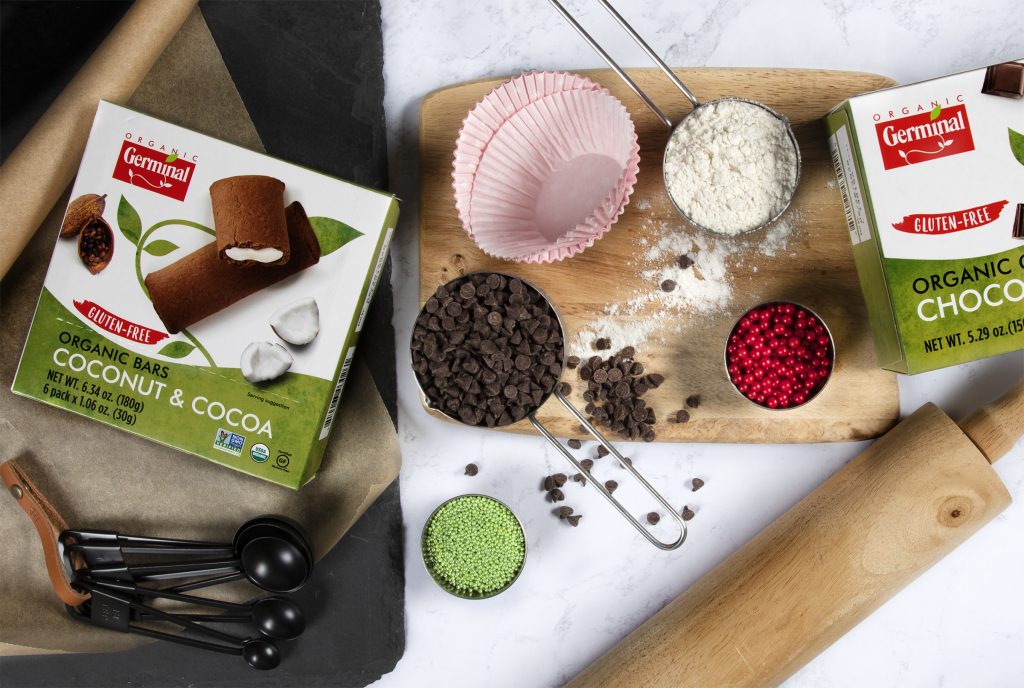
Whether it’s part of a New Year’s resolution, or a goal such as trying to get in beach body shape, many consumers turn to a gluten-free diet to help keep a healthy lifestyle. Currently there are 3.1 million Americans following a gluten-free diet for personal and medical reasons according to Forbes. Business consulting firm Grand View Research tabulated all the numbers and their data shows the gluten-free market size has been estimated at a whopping $17.59 billion in 2018 (and still growing).
While there are many gluten-free food products on the market today, the category in hot demand is baked goods, according to market research and advisory company Allied Market Research. With the continued popularity of baking competition shows and Pinterest’s pretty pictures promoting a gluten-free lifestyle, it’s not surprising that consumers want to make their own gluten-free baked creations at home.
Gluten-free baking can be challenging the first time though, as these recipes use their own batch of ingredients not found in traditional full gluten baking. In fact, not all “gluten-free” flours can be used for all types of baked goods, making this a hard landscape for customers to navigate. Complicating the recipes even further, the ratios are not always 1 to 1, so customers may have to do some math to get it just right. And, baking is a science. Bakers can’t just add a dash of this and a splash of that to adjust a recipe on the fly.
Get yourself familiar with gluten-free baking ingredients and gluten-free baked goods you offer in your assortment. It’s the easy recipe for increased brand loyalty and repeat business. Below are some of the most important basic gluten-free baking ingredients, uses, and the facts you need to know about them to help your customers navigate through the gluten-free items with confidence.
Flour – the Foundation
Like a full gluten recipe, the foundation of gluten-free baking recipes is flour. Unlike the gluten world where all-purpose flour is a staple ingredient, there is no one gluten-free flour used for all recipes. While there are brands like Bob’s Red Mill that offer a 1 to 1 gluten free baking flour that can be used to replace wheat flour in a traditional recipe, most gluten-free recipes call for a combination of these types of flours:
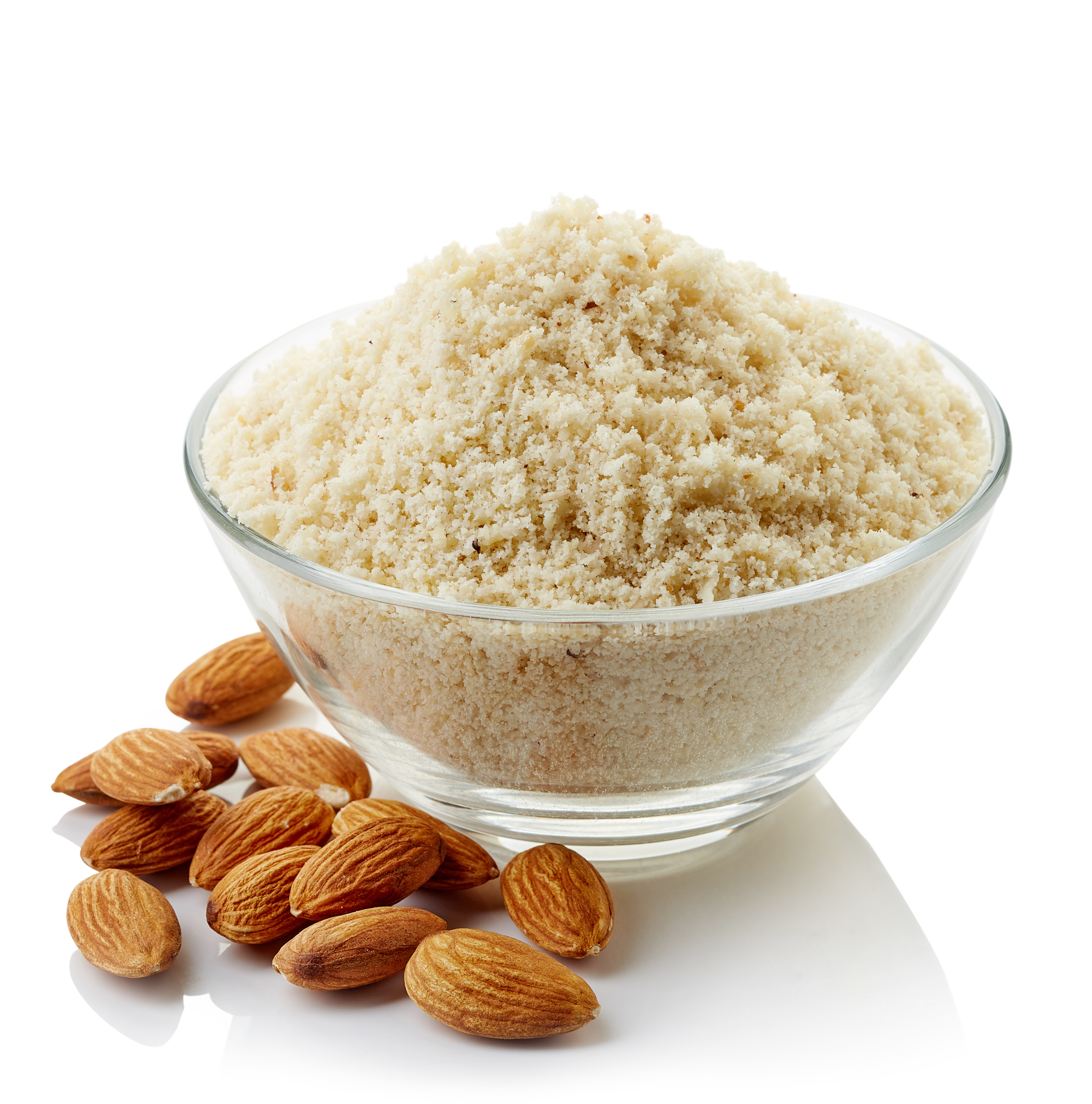
- Almond Flour: Aptly named, it is made from ground almonds. Almond flour lends a nice texture to scones, cakes, cookies, and tart crusts. Some gluten free baking sites warn that it can be a little wetter than traditional wheat flour, so almond flour needs to be paired with drier items like tapioca starch, or coconut flour (see below).

- Coconut Flour: Coconut flour is simply dried meat from the coconut plant that has been ground fine. It has a tendency to be more dry (when used in a recipe) than other gluten-free flours. This makes coconut flour a little more challenging to work with in terms of using it as a flour substitute for baking cakes, cookies, and breads. To correct coconut flour’s dryness, several gluten-free baking sites recommend adding additional egg whites to the recipe.
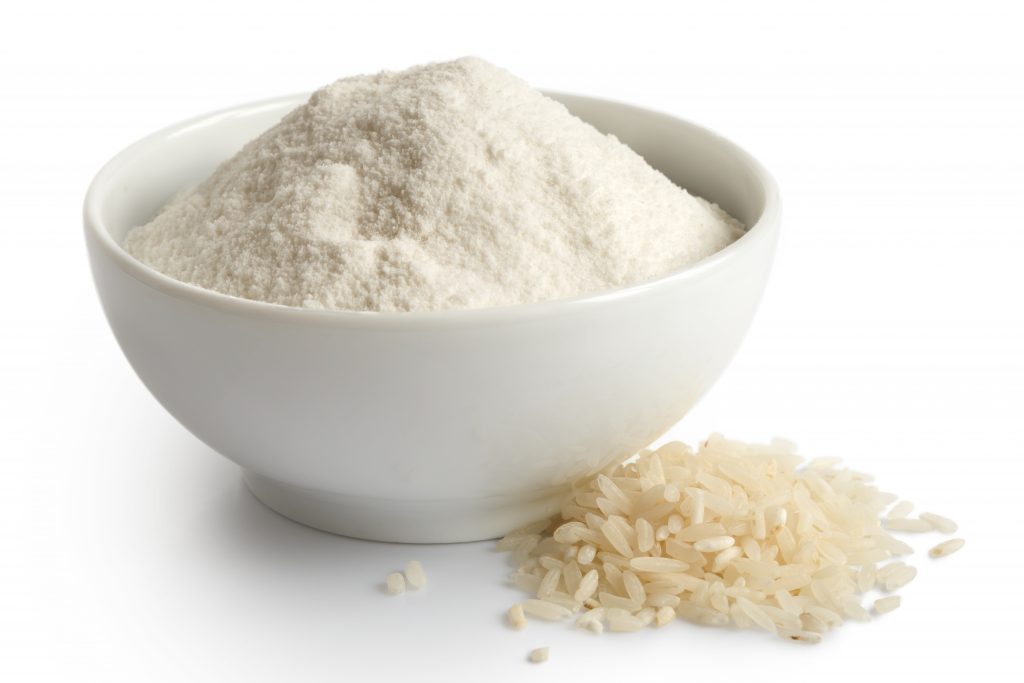
- Rice Flour: Rice flour, made from ground rice, is a popular ingredient in many commercial gluten-free mixes. Just as there are different rice varieties, this gluten-free flour comes in 5 different varieties – regular, long-grain rice flour, medium-grain rice flour, short-grain “sweet” rice flour, and brown rice flour. Recipes will ordinarily specify which type of rice flour to use. Note: rice flours cannot be substituted for one another. Since it has a delicate flavor, rice flour is a great gluten-free choice for bread, muffin, and cake recipes. It takes a little longer for rice flour to absorb liquid, so some gluten free baking sites recommend letting the batter sit for a half hour before baking.

- Potato Flour: This flour includes the skin of the potato and its flesh, dried and ground. Potato flour works very well in yeast bread recipes as well as biscuits, because it lends a slightly sweet flavor. Since it holds moisture very well, potato flour is often mixed with other gluten-free flours to create a final baked product that is moist.

- Cornmeal: Made from the entire ground corn kernel, cornmeal offers a nice texture and is terrific in cakes, muffins, and even pie crusts. However, cornmeal does not typically provide structure to a baked good. Cornmeal cannot usually stand alone as a flour and needs to be combined with another flour that will provide structure.
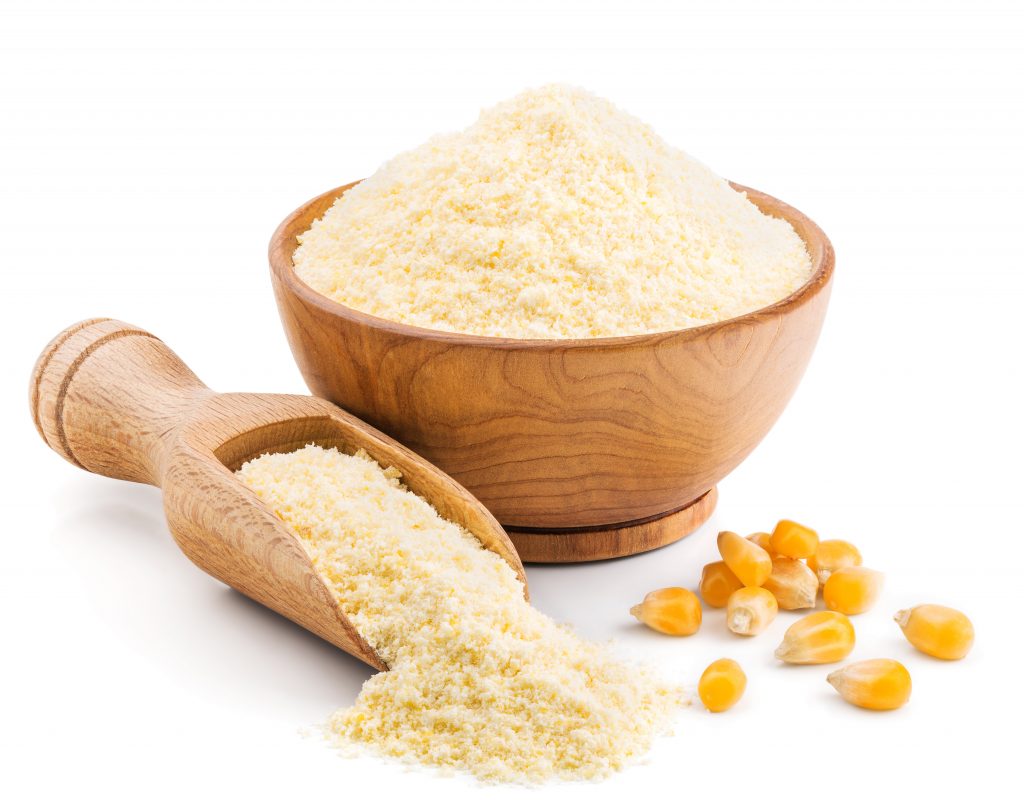
- Corn Flour: Like cornmeal, corn flour comes from milled corn kernels, but is typically ground finer. Besides the obvious cornbread or corn muffins, corn flour can be combined with other gluten-free flours to create breads, cookies, muffins, biscuits, and waffles. Corn flour is usually used along with a stabilizer like Xanthan gum or guar gum (see below) to give it “body.”
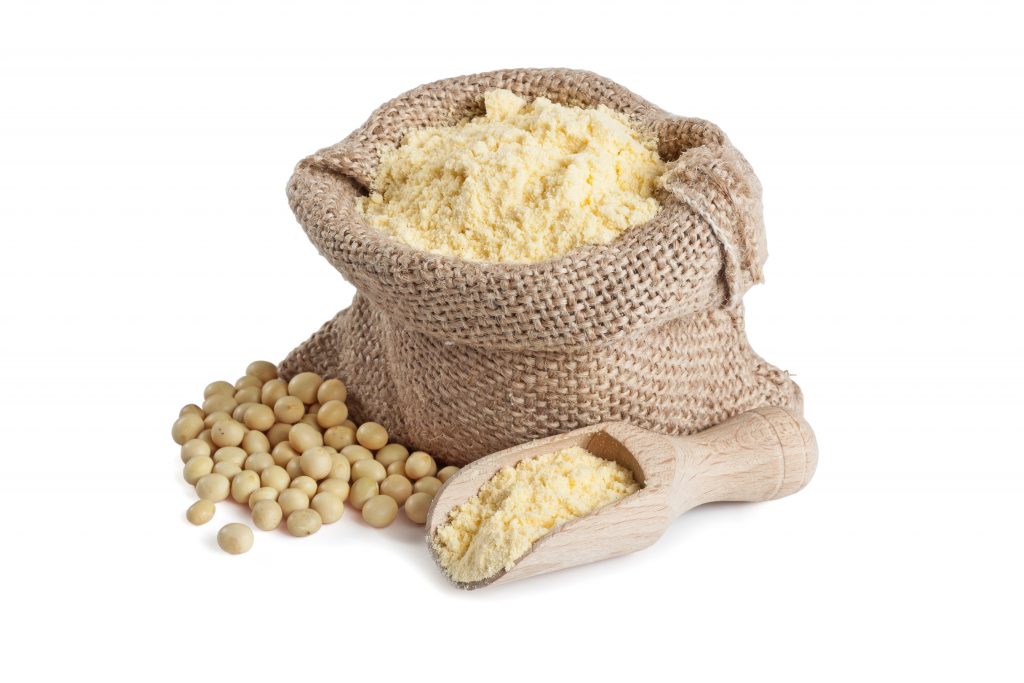
- Soy Flour: Made from ground soy beans, soy flour is rich in protein, while providing a moist crumb to baked goods. It does have a ‘beany’ taste, so it’s best to use in baked goods like brownies or muffins, that contain bold flavors such as chocolate, fruit, or nuts to mask the distinctive flavor. Soy flour works best when blended with starchier ingredients like cornstarch or potato starch to give baked goods a firmer texture.
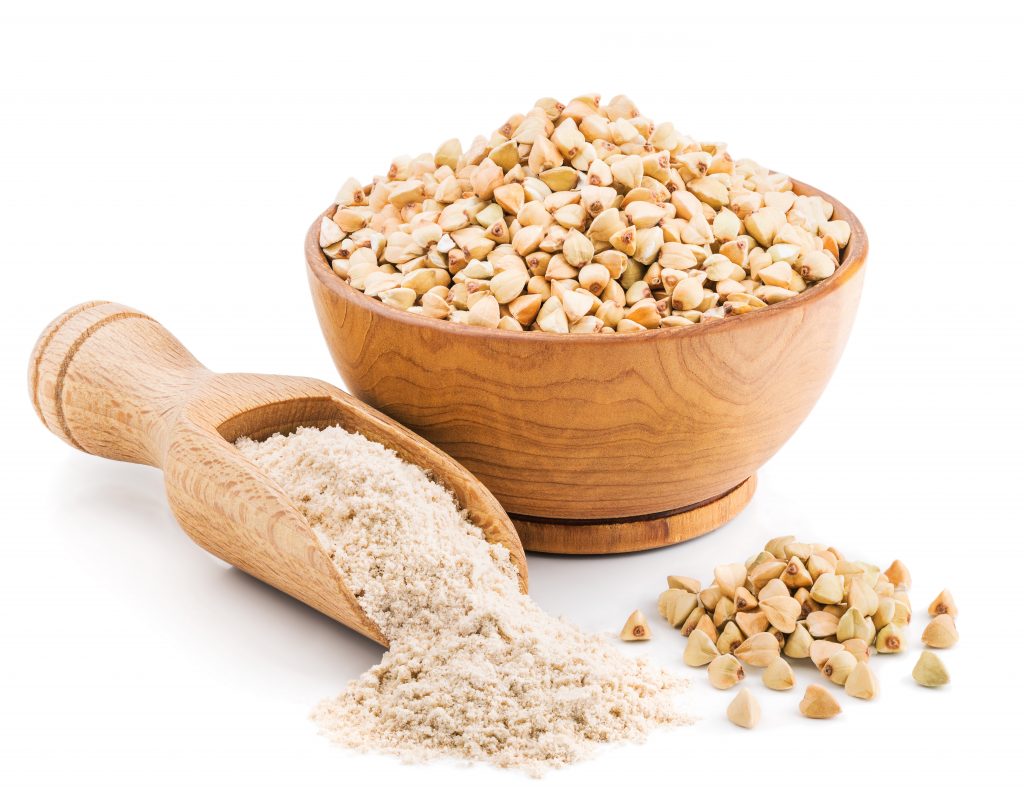
- Buckwheat Flour: Don’t get fooled by the name. This gluten free-flour does not contain wheat, but is made from ground buckwheat plant. It is a terrific substitute for wheat flour, and can be used for quick breads and yeast breads, as well as the classic, Russian buckwheat pancakes. Buckwheat flour does have an assertive flavor so may not be the ideal selection for gluten-free cakes or cookies.
Starches and Gums – the “Glue” that Keeps it Together

Removing gluten from a recipe removes the good body and fluffy structure of the baked good. So, when baking gluten-free, another ingredient must be added to help the gluten-free flours rise and prevent them from becoming too crumbly. These ingredients are called stabilizers. Some of the most popular stabilizers in gluten-free baking include:
- Xanthan Gum: Gonna get ‘sciencey’ for a moment – Xanthan gum is made from sugars that are eaten and fermented by a particular bacterium. This ingredient, encourages baking ingredients to come together, helping to thicken a batter, as well as emulsify, and stabilize, and also helps improve the texture, all to mimic the ‘rise’ of gluten.
Some gluten-free folks have made the claim that Xanthan Gum aggravates the symptoms they present when they have eaten gluten, so beware when recommending to customers. - Potato Starch: Also made from the potato, potato starch has a similar texture to cornstarch. It’s used to add moistness and to provide a smooth texture to baked goods.
- Cornstarch: This popular cooking ingredient is made from corn. If too much cornstarch is used in gluten free baking, it can give a starchy, rubbery, glue-like texture, so warn customers to use sparingly.
- Tapioca Starch: Tapioca starch (a.k.a. tapioca flour), also known as cassava, or manioc, adds body and elasticity to baked goods. Too much tapioca starch can make a baked good rubbery, so make sure to caution customers.
- Guar Gum: Made from the seed of the guar plant, guar gum is used as a gluten substitute. It can start to lose its properties in recipes that have a lot of citrus or other acetic ingredients, so warn customers they might need to double the amount used in a particular recipe. It’s often used in conjunction with Xanthan gum.
- Arrowroot Starch: This starch derived from the root of a South American plant is often used to help make gluten-free baked goods less dense, and more fluffy. This makes it an ideal ingredient for cake, cookie, and muffin recipes. Arrowroot starch has a lighter flavor than cornstarch, so it’s a more desirable choice for recipes with delicate flavors. It also doubles as an egg substitute if customers desire to tackle vegan, gluten-free baking.
Getting into the Gluten-Free Mix

Gluten-free is a lifestyle that continues to gain popularity. Food manufacturers are keeping up with the demand by introducing new products all the time — particularly in the baked goods category. With the gluten-free trend tied into the desire for cleaner eating, we’re going to see more consumers baking their own gluten-free creations. Be a resource on their health journey while creating brand loyalty to your shop. Bookmark this guide, so you have it at the ready to help guide customers through their purchases.
Whether you intend to offer pre-made gluten-free mixes, pre-baked gluten-free products, or gluten-free baking ingredients, market them in a single area of your shop and add signage so customers can navigate to the section easily. Educate your staff about gluten-free baking ingredients, and all your gluten-free products so they will be a valuable resource for consumers.
Want to add a dedicated gluten-free baking or baked goods assortment to your business? Check out our wide selection of gluten-free baking ingredients and tasty gluten-free baked goods.

Hi! Let us know what's on your mind.